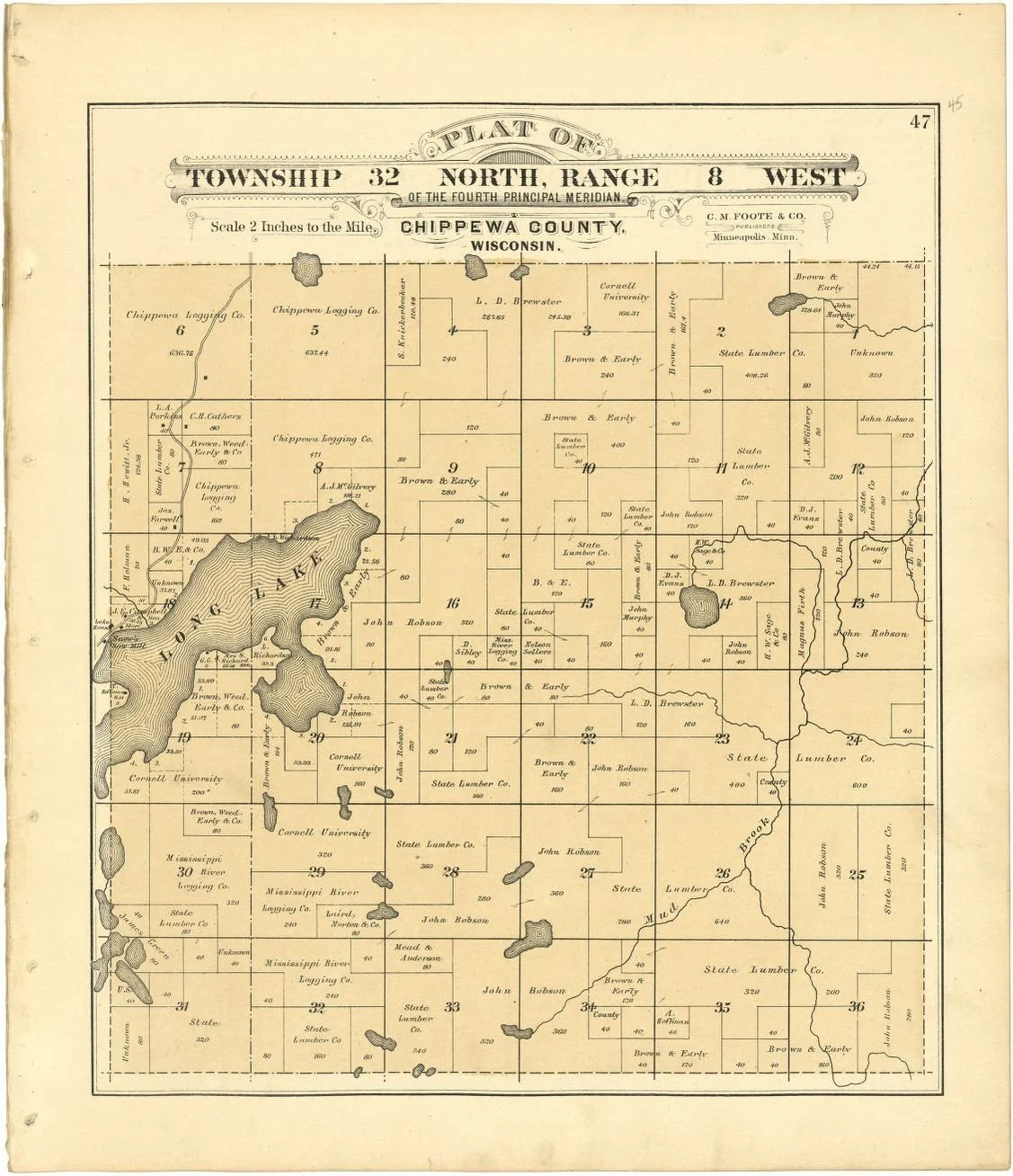As part of the array of research services Taylor Research Group (TRG) offers, we regularly collect, review and analyze historical materials on behalf of our clients. Individually, each document obtained – a Sanborn map, a business charter, a railroad track chart, an inspection report from a regulatory agency – serves as one piece to a larger puzzle. When assembled, these factual pieces of information tell a unique story that assists our clients in myriad ways. Some want to fully grasp the range of factors that contributed to environmental problems at an industrial site, a manufacturing facility, a military base, a former rail yard, a waterway, and so on. Others seek to better understand their own nuanced corporate lineages. Whatever the goal, one of the most useful tools we employ to tell such stories is the chronology.
On a typical project, we are asked to identify collections in the public domain and gather pertinent documents from federal repositories in our own backyard in Washington, DC, and from state and local repositories around the country. These efforts can result in the collection of thousands of pages of material from dozens of repositories. Each item must be analyzed and the extracted information must be put into a larger framework. A chronology is especially effective for clearly delineating what happened when, where, and, perhaps even, why.
We do this often for sites with legacy environmental problems that have complex and often poorly understood histories that span decades – even centuries – by pulling multiple narratives into one comprehensive chronology. Our research helped one client pinpoint the exact period of time in which certain operations and activities took place at a former petroleum refinery and bulk storage facility established in the 1860s. By using a variety of primary source material like company minutes, newspaper articles, city directories, and deed records, we uncovered how the refinery’s footprint expanded throughout the remainder of the 19th century and then contracted in the 20th. Using maps obtained from the Library of Congress and local repositories, we tracked the development of the site as it transitioned into a bulk storage facility and identified other Potentially Responsible Parties (PRPs) that operated on it. Lastly, we learned how the site was regulated by various government agencies in the late 1900s by obtaining hazardous waste generator, storage tank, and oil and gas well records. Such information can be captured in a research report, which we often produce, but situating events in time via a chronology allows our clients to better visualize key happenings and helps to answer their questions regarding the use of the property, types of operations and activities at the site, and regulatory oversight.
Plat maps can be used to identify entities that historically operated on sites with environmental problems. This one depicts logging and lumber companies in Chippewa County, WI. Source: Library of Congress.
Natural resource damage (NRD) claims are another type of project where TRG’s clients have found our chronologies to be useful tools. In those matters, we seek not only to document the history of industrial development, site ownership/operation, and legal/regulatory matters, but also to help establish what the baseline environmental conditions had been, whether at a single specific property or in an area, on a waterway, or within a watershed. In some cases, development has been ongoing for a century or more, which presents a different set of research challenges as we encounter older records generated before widespread environmental and industrial safety regulation. On one project, TRG evaluated records dating to the late 1700s in order to shed light on baseline environmental conditions in a watershed whose industrial development began in the mid-19th century. TRG employed our team’s familiarity with various records collections and our proven research strategies to identify relevant historical records and review them to extract key dates and information. In a complex case such as this, the chronology is not only a valuable tool for our clients, but often for us as well, assisting us in identifying data gaps and pointing the way to additional research targets. The end product is a point-by-point narrative of events, each fully referenced to source material, that helps our clients to better understand the environmental impacts on the watershed over time.
This photo captures industry nestled right at the confluence of the Allegheny and Monongahela Rivers, which meet and form the Ohio River in Pittsburgh, PA. Source: brooklineconnection.com.
While the bulk of our projects involve intensive primary and secondary source research, at other times clients provide us with materials already in their possession, such as in-house corporate records or legal case files. We were recently provided with over 3,000 documents by a law firm who had obtained a large volume of historical records over the course of discovery and previous research efforts. In light of ongoing and upcoming allocation and mediation matters, the firm sought to understand the involvement of certain PRPs at a contaminated industrial site. As a result, TRG reviewed and analyzed the provided documents, primarily to determine if a particular corporate entity historically directed and controlled the operations of its subsidiary, which was present on the site of interest for many decades. The reviewed materials included, but were not limited to, Securities and Exchange Commission (SEC) filings, contracts, industrial histories, internal correspondence, newspaper articles, and corporate annual reports. TRG then extracted relevant details and created an extensive chronology that highlighted information and documents pertinent to the client’s interests. Several gaps in the historical record were identified as part of this effort, so we also conducted supplemental research to gather additional documents to fill these in. Through the chronology, our client was then able to efficiently access and synthesize key pieces of evidence.
Clients turn to TRG because we are skilled fact finders whose expertise, flexibility, and thorough analysis saves them time and money, even when extraordinary volumes of records are involved. Putting facts and events into a chronology allows our clients to efficiently digest the disparate and oftentimes overwhelming amount of information we have gleaned during our research effort and answer key legal questions.
*The Plat Map and photograph shown were not collected for TRG research projects; they are simply used for illustrative purposes.


